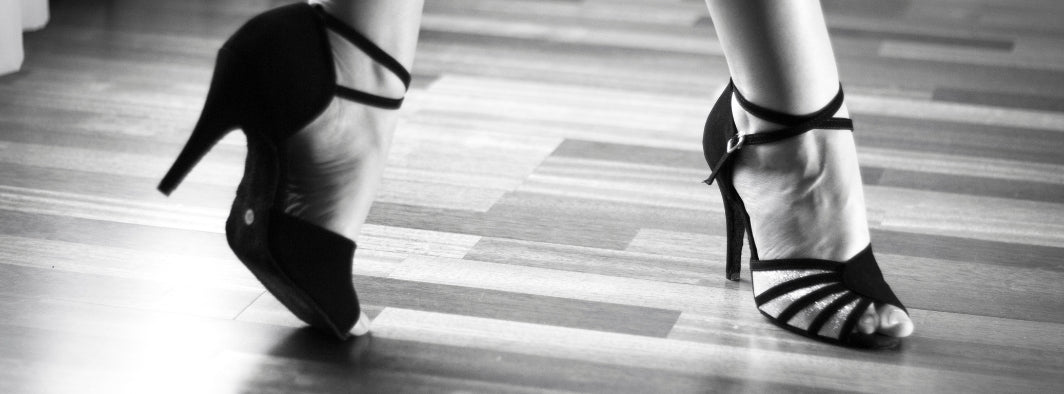Introduction
Dance is an activity that intensely requires the body, and which relies on the interaction between the feet and the ground to generate movements. Understanding the dynamics of this interaction allows you to better adapt to different types of floors and choose the appropriate shoes.
Understanding physics
a-The notion of action/reaction with the ground
When we dance, our feet exert force on the floor with each step. In return, the ground exerts an equal and opposite force on our feet, according to Newton's principle of action and reaction. This interaction is essential for moving and maintaining balance.
b-The slip coefficient of the ground
The slip coefficient, or coefficient of friction, measures how easily a surface allows sliding. A low coefficient means the ground is very slippery, while a high coefficient indicates strong grip. Dance floors can vary greatly in slip, influencing how dancers move and execute movements.
c-Sliding and reaction forces
d-What is a slippery floor?
A slippery floor is a surface with a relatively low slip coefficient, on which shoes have little traction, which can make movements difficult to control. This can be caused by a variety of factors, such as the floor material, the presence of dust or liquids, or even worn shoe soles.
It then becomes necessary to exert a significant vertical force to enable a horizontal force to be exerted without slipping.
The risks of unsuitable shoes
Floor too slippery
- Lack of support for moving: On a floor that is too slippery, it can be difficult to maintain a good balance or to propel oneself and therefore to move, which compromises the fluidity of movements.
- Risk of falling: Lack of traction increases the risk of slipping and falling, especially during rapid movements or changes in direction.
- Difficult to follow fast music: Fast tempos require precise and controlled movements, which becomes complicated on slippery ground.
Floor that sticks
- Knee or hip pain: Too much grip on the ground can lead to joint pain due to excessive forces placed on the knees and hips during pivots and turns.
- Difficult to do turns: Grippy soles make turns difficult, requiring more effort to pivot and potentially causing imbalances.
Part 1: How to adapt in the evening?
Slippery floor: Brush your shoes
Dance shoes accumulate dust during evenings and a slippery layer forms under the shoes. Brushing your shoes is an effective technique for adjusting their grip. Use a wire brush to clean and lightly rough suede or leather soles to increase their traction on slippery floors. Do not hesitate to scrape off the patina layer if the shoes have not been brushed for a long time, but you must be careful not to tear off all the suede from the sole.
Sticky floor: Use talcum powder
Talc is a quick solution to reduce the friction of the soles on a surface that is too sticky. It is best to apply it directly to the soles of shoes rather than heavily on the floor to avoid making the floor dangerous for other dancers.
Slippery floor: Use water under shoes
Another tip is to apply a little water under the soles of the shoes to improve their traction on slippery ground. Be careful not to use too much so as not to cross the sole of the shoes.
Part 2: Adapt your shoes
Have a non-slip sole installed
Non-slip soles, such as those of the Topi or Vibram type, can be installed at the shoemaker. These soles provide enhanced grip without compromising the ability to slide lightly during pivots and turns. This is an excellent solution for maintaining good grip regardless of the type of soil.
The non-slip sole is an excellent way to give a second life to your dance shoes after too many brushings.
Use shoes with plastic soles or sneakers
Shoes with plastic soles or sneakers can offer an effective alternative when the ground is too slippery. Plastic soles slide slightly better than sneakers. On grippy floors, however, sneakers often provide too much grip on the ground and are not recommended.
Conclusion
To fully enjoy your dancing evenings while minimizing the risk of injury, it is crucial to adapt your shoes to the floor. Bringing several pairs of shoes will allow you to quickly adapt to the conditions on the floor and continue dancing in complete safety. Whether you choose to use talcum powder, water or non-slip soles or different shoes, these tips will help you optimize your dance experience and stay successful on the floor.

